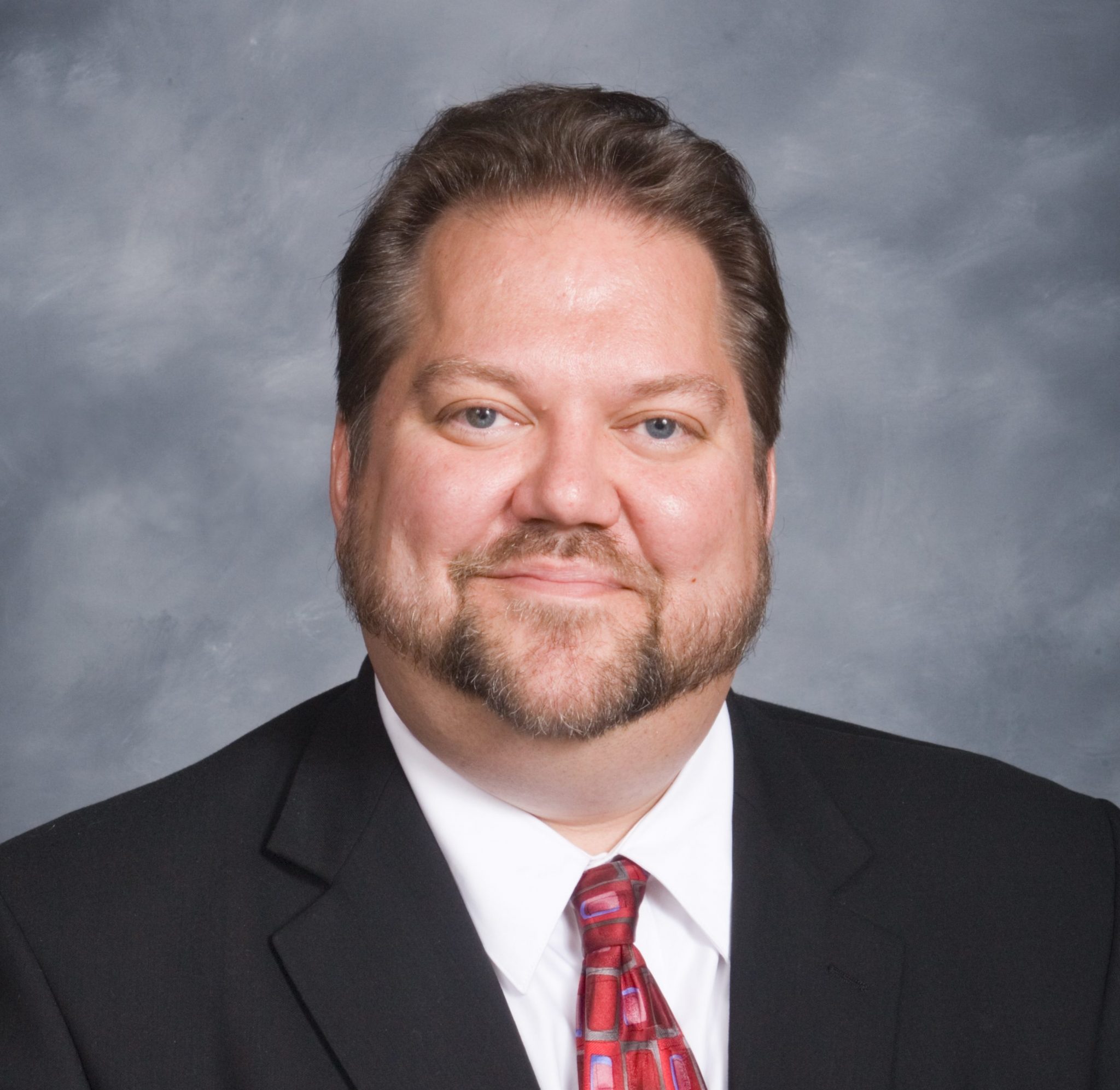 Growing up in the CRC there were certain hymns we’d sing from the old blue Psalter Hymnal that contained lines that always stuck with me. The lines in question were not necessarily memory-worthy on account of their spiritual comfort so much as perhaps due to the oddity or strikingness of them. In a hymn we often sang in connection to someone’s profession of faith, for instance, there was a line that said “the world is ever near, I see the sights that dazzle, the tempting sounds I hear.” The idea was to renounce those things in favor of Jesus, of course, but every time we sang it, I as a fairly sheltered farm boy was highly curious to see a few of those dazzling sights myself some day. (And then I’d denounce them . . .)
Growing up in the CRC there were certain hymns we’d sing from the old blue Psalter Hymnal that contained lines that always stuck with me. The lines in question were not necessarily memory-worthy on account of their spiritual comfort so much as perhaps due to the oddity or strikingness of them. In a hymn we often sang in connection to someone’s profession of faith, for instance, there was a line that said “the world is ever near, I see the sights that dazzle, the tempting sounds I hear.” The idea was to renounce those things in favor of Jesus, of course, but every time we sang it, I as a fairly sheltered farm boy was highly curious to see a few of those dazzling sights myself some day. (And then I’d denounce them . . .)
Another line from “The Church’s One Foundation” claimed that “with a scornful wonder men see [the church] sore oppressed, by schisms rent asunder, by heresies distressed.” Something about that “scornful wonder” struck me, perhaps for its vaguely oxymoronic quality, partly perhaps because I’d never witnessed too many juicy heresies that elicited scornful wonder from anyone from outside my congregation.
Ideally, of course, the church should elicit some more positive form of wonder from the world, and I’ve heard tell of a couple such spectacles lately and I find them encouraging.
The first came via a New York Times theater article that noted a recent phenomenon taking place at a good many performances of the Broadway revival of Horton Foote’s play The Trip to Bountiful. This time around the cast is largely African American, led by Cicely Tyson. At one point in the drama as her character makes her way back to her hometown of Bountiful, she sits next to another woman in a Texas bus depot. As part of their conversation, at one point she stands and bursts out in a hearty rendition of the old Fanny Crosby hymn “Blessed Assurance.” To the startlement of many New Yorkers, it turns out that large portions of the audience have joined Ms. Tyson in singing the hymn, word-for-word, note-for-note. The “fourth wall” briefly totters as people in the audience join the stage drama–in a completely unforeseen way–in singing this song.
The theater critic of the Times seemed merely flummoxed and so approached on the street one of the people he’d seen singing along. I am paraphrasing here but in essenece the reporter asked this woman “How is it you know that song?” to which she in essence replied “How is it you don’t!?” I guess in this case the “scornful wonder” was, as it were, on the other foot vis-a-vis the world! But the world took note of this and felt its own more positive sense of wonder of all these disparate theater-goers sharing some common language of faith.
Then last week I spent a few days in Toronto to meet with a group of Ontario pastors. They told me of another phenomenon that took the secular world and the secular press by surprise and that, again, elicited wonder. Following the disappearance and then terrible murder of a Christian Reformed man from the Ancaster, Ontario, area, the many congregations of the CRC in Ontario banded together like one giant extended family. On a designated Sunday morning not long after the murder was discovered, all those congregations sang, as though with one voice, the victim’s favorite contemporary hymn “In Christ Alone.” Newspapers and reporters took note, wondering aloud where this “family” came from, just who these Christian Reformed people were, and how it was that they loved each other despite hardly actually knowing each other at all. As several of the pastors said to me, “You could tell that people were just totally taken aback by our mutual love in Christ.”
Fanny Crosby shining the light of living faith on Broadway, Keith Getty and company pulling together all of Ontario: I like this. This is the kind of wonder I’d love having “the world” see more of. This is the kind of witness–so simple, so lacking in airs or pretensions or any form of manipulation–that the church needs to provide more of these days and always. In its own way, these are their own “sights that dazzle” and the wonder they produce is blissfully free of any scorn. It’s just, well, wonder-full.

